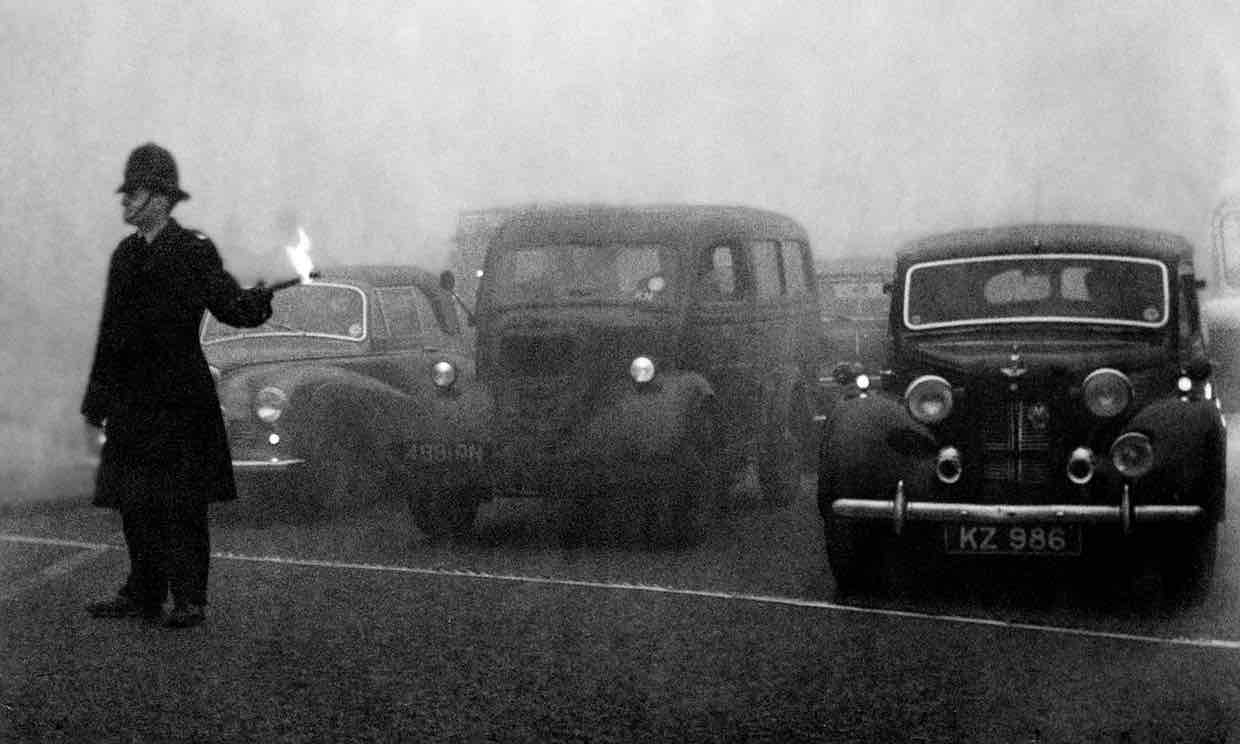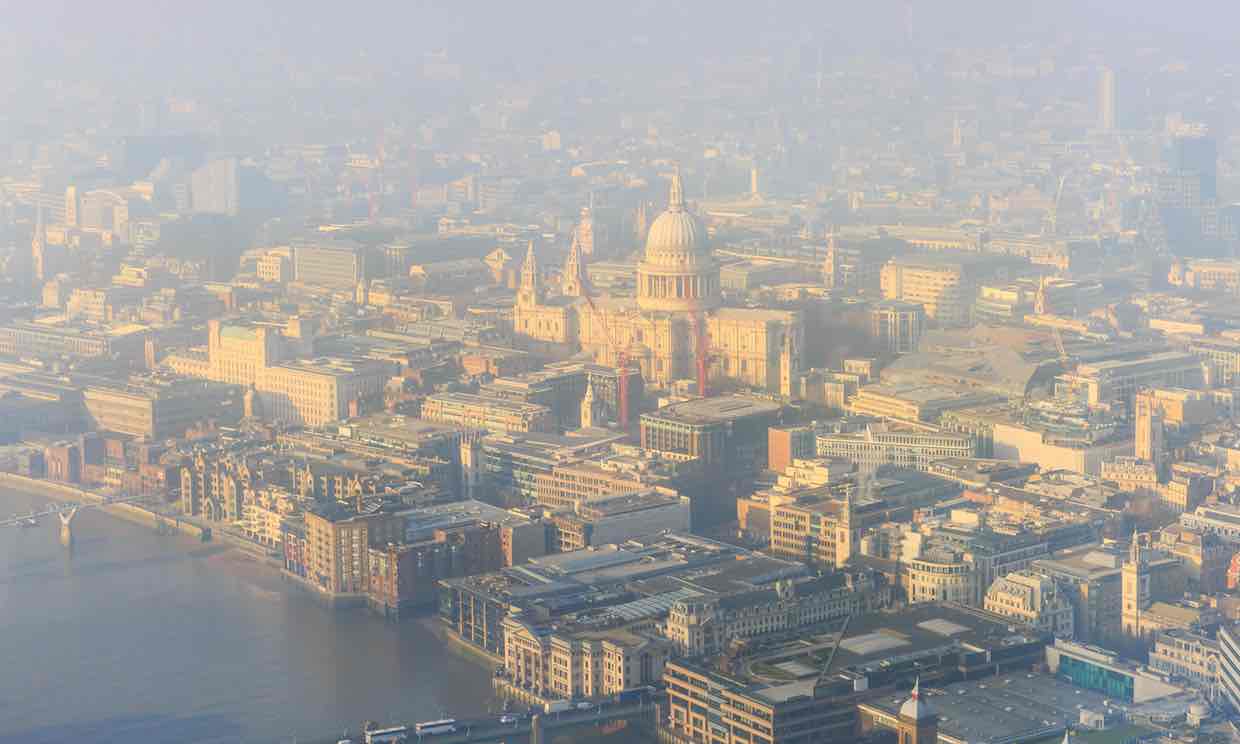Writers and artists were inspired by the pea-soupers but smog cost thousands of lives
Londoners are being warned not to breathe too deeply when they go outside. A toxic fog is hanging over the streets, threatening the health and wellbeing of the capital. It is small consolation to know that this has been the state of the city’s air for more than 200 years.
London is in a natural basin surrounded by hills and its air generally holds moisture because of the river running through it, so it has always had a natural fog problem.
Then came the industrial revolution, with coal fires powering steam-driven factory machines and being used to heat homes. As the city’s industry and population grew apace from the 1820s onwards, smoke mixed with the moist air and on cold days produced a particularly nasty, thick, yellow, sulphurous atmosphere that became trapped in London’s narrow roads and alleyways. People knew from early on that the smog could kill and there were many calls to clean up London’s air.
Many politicians took up the cause but they were generally isolated or maverick figures. It was the mustachioed Conservative MP Gerald Nabarro who turned the tide after the Great Smog of 1952 killed around 12,000 people. He forced through the 1956 Clean Air Act despite government reluctance. (Although a recent episode of TV drama The Crown presented Winston Churchill as the obstacle to change, it was actually the chancellor, Harold Macmillan.)

Why did it take so long? Industrial interests often prevailed. To move to cleaner fuels always meant higher costs and successive governments were reluctant to interfere with the right of domestic consumers to use the fuel they preferred. George Orwell extolled the virtues of the “old-fashioned coal fire†and complained of “the noisy minority†who wanted to do away with it. It was only when gas and electricity became more affordable that legislation could be passed without incurring higher costs to the consumers.
Londoners were also proud of their smogs. Industrial chimneys pumping out smoke signified employment. A coal fire blazing in the hearth meant warmth and comfort. London fog was given a variety of romantic names such as “London ivy†by Charles Dickens or the “pea-souperâ€, not the green variety but the more traditional yellow potage.
Writers perceived the magic and mystery of London fog and used it extensively. Dickens employed it in the opening pages of Bleak House to signify the obfuscations of the Court of Chancery. The air, he wrote, had “flakes of soot in it as big as full-grown snowflakesâ€. Henry James, George Gissing, Robert Louis Stevenson and Joseph Conrad also used London fog in their works.
Pulp-fiction writers liked to use smog as a means of totally destroying life in London: “One common doom, one common sepulchre of gloomy fog, there was for the richest and the poorest, the best and the worst alike,†wrote one writer of these apocalyptic stories.
Visitors to the city complained if they did not experience the famous London fog. Foreign artists saw its potential and came over to paint it.
Impressionist painter Claude Monet booked a room on the top floor of the Savoy hotel in the winter and produced a series of beautiful London fog paintings around the turn of the 19th century.
He “was terrified to see that there was no fog, not even the least trace of a mist†as a clear atmosphere frustrated his search for the effect. A Japanese artist, Yoshio Markino, travelled to London to paint the fog, observing that “the harmony of its colour is most wonderfulâ€.
Of course, people also made a connection between fog, mystery and crime. On film and on TV, Sherlock Holmes is often seen combing for clues through foggy streets. In fact, his creator, Arthur Conan Doyle, did not use London fog as extensively in his writings as people think. It only plays an active role in one of his stories, The Adventure of the Bruce-Partington Plans, where the villain needs to dispose of a dead body out of a window on to the top of a train without being seen.
Jack the Ripper is often dramatised as pursuing his victims through the fog, but in fact his crimes took place on clear nights.
Will the toxic fog Londoners are now experiencing be seen as anything other than what it really is – a dangerous, poisonous nuisance? It is much harder to romanticise now than the pea-soupers of the past. Nowadays, too, cleaner technology is available with electric cars as well as less polluting fuels for industry.
In Victorian times it was our love for home fires that politicians were reluctant to upset; today it is our love for cars and other private means of transport. It took many decades to act on the knowledge that pea-soupers cost lives. How many decades will it take in our own time.
By Christine L Corton







